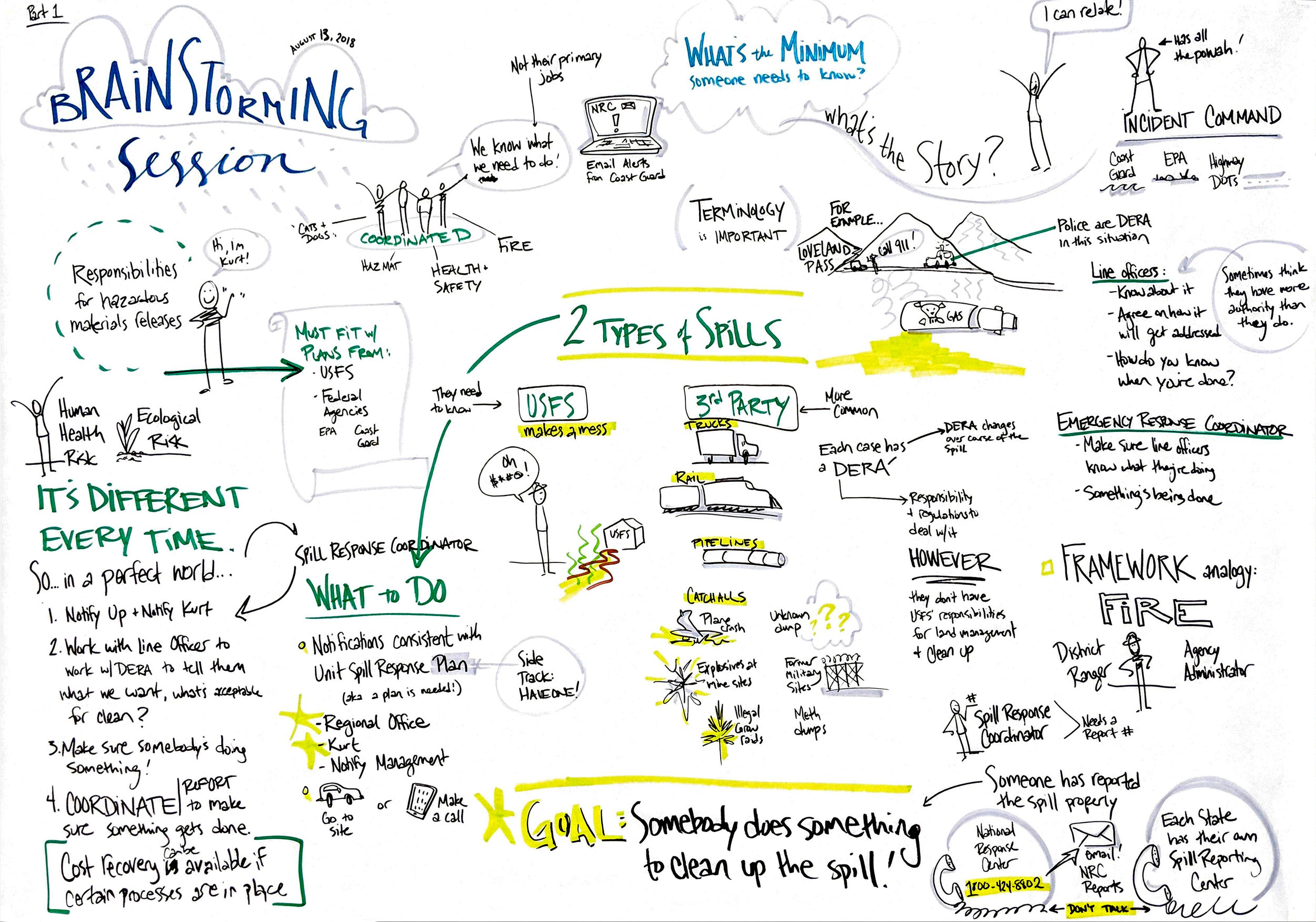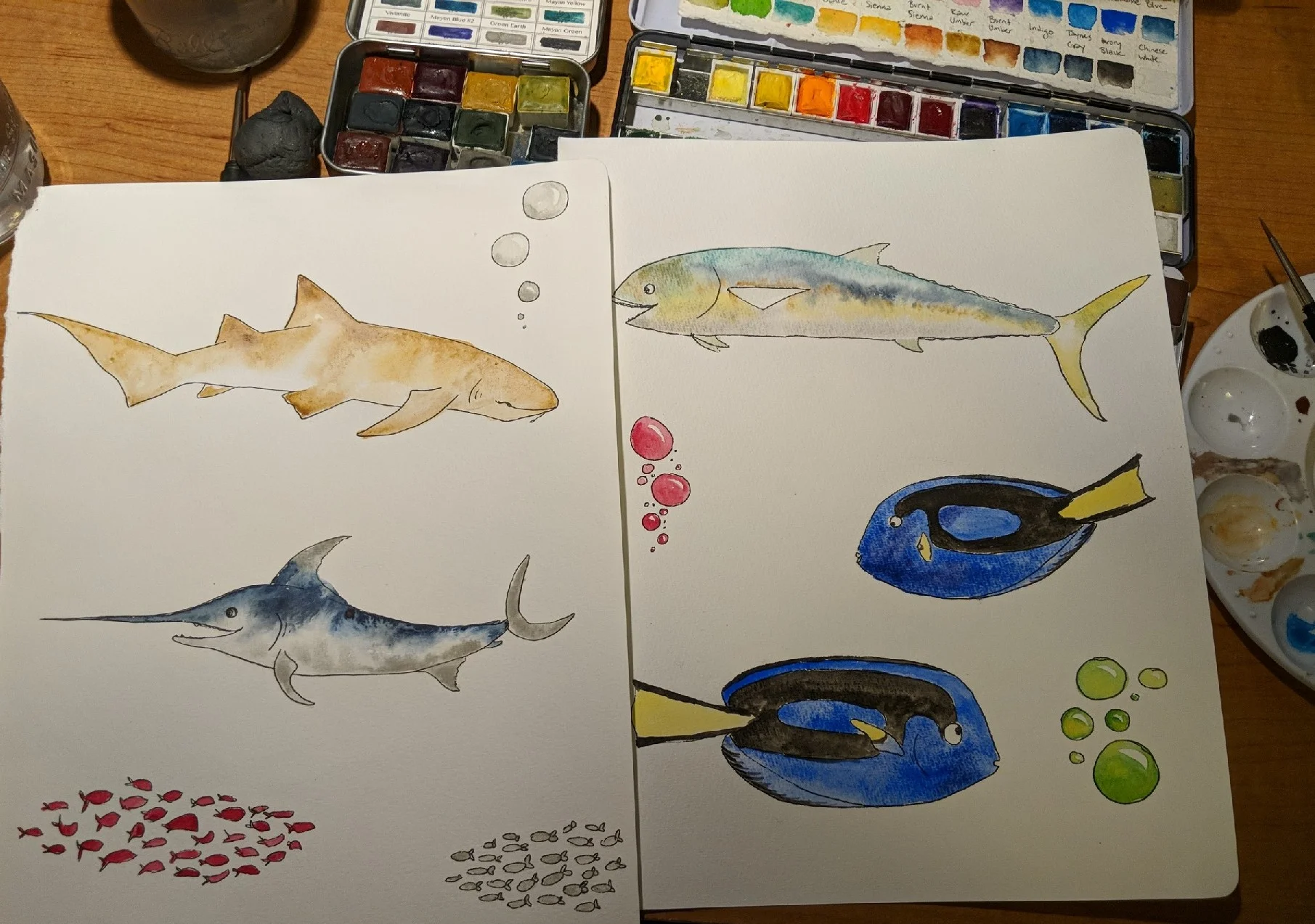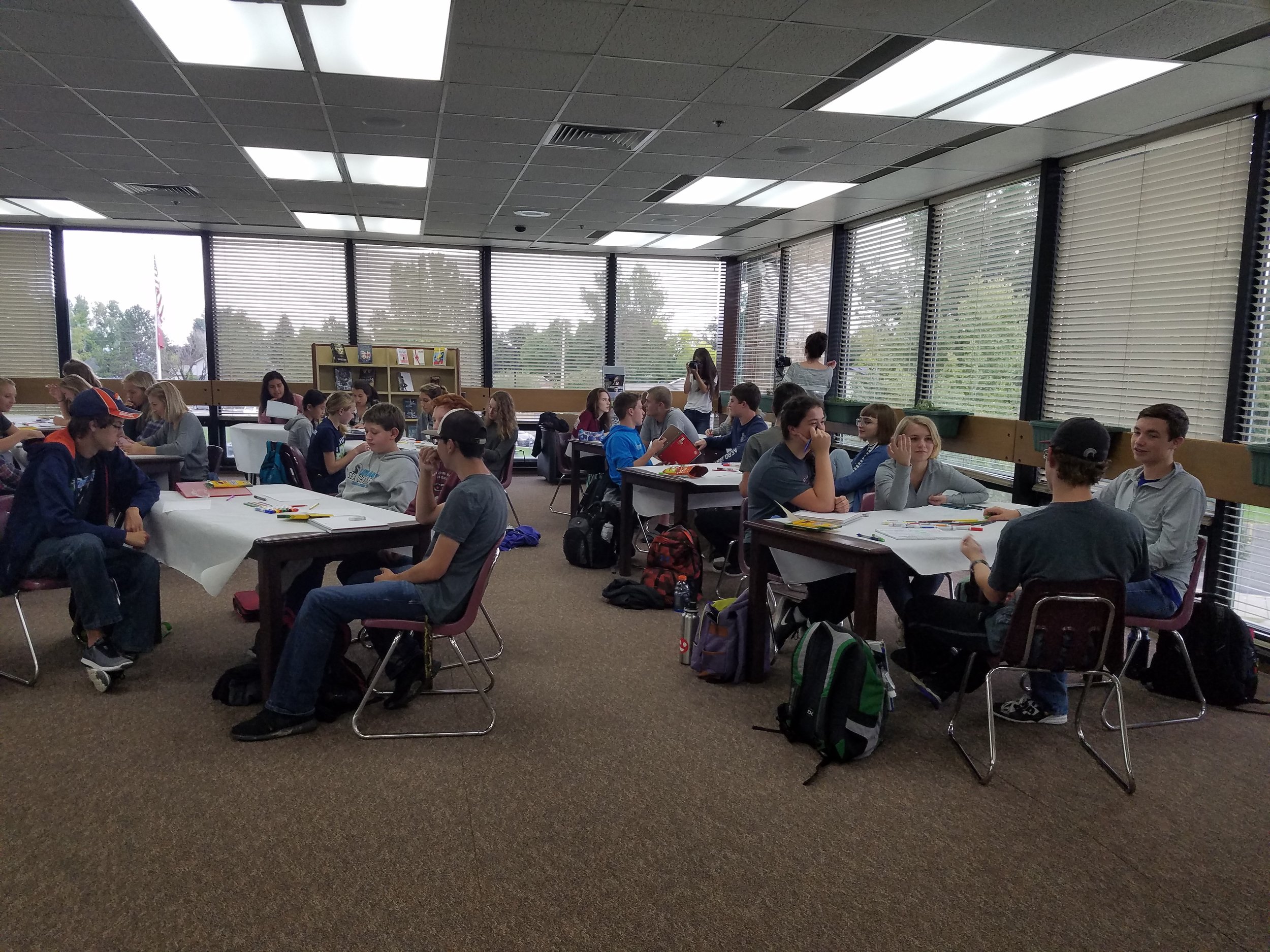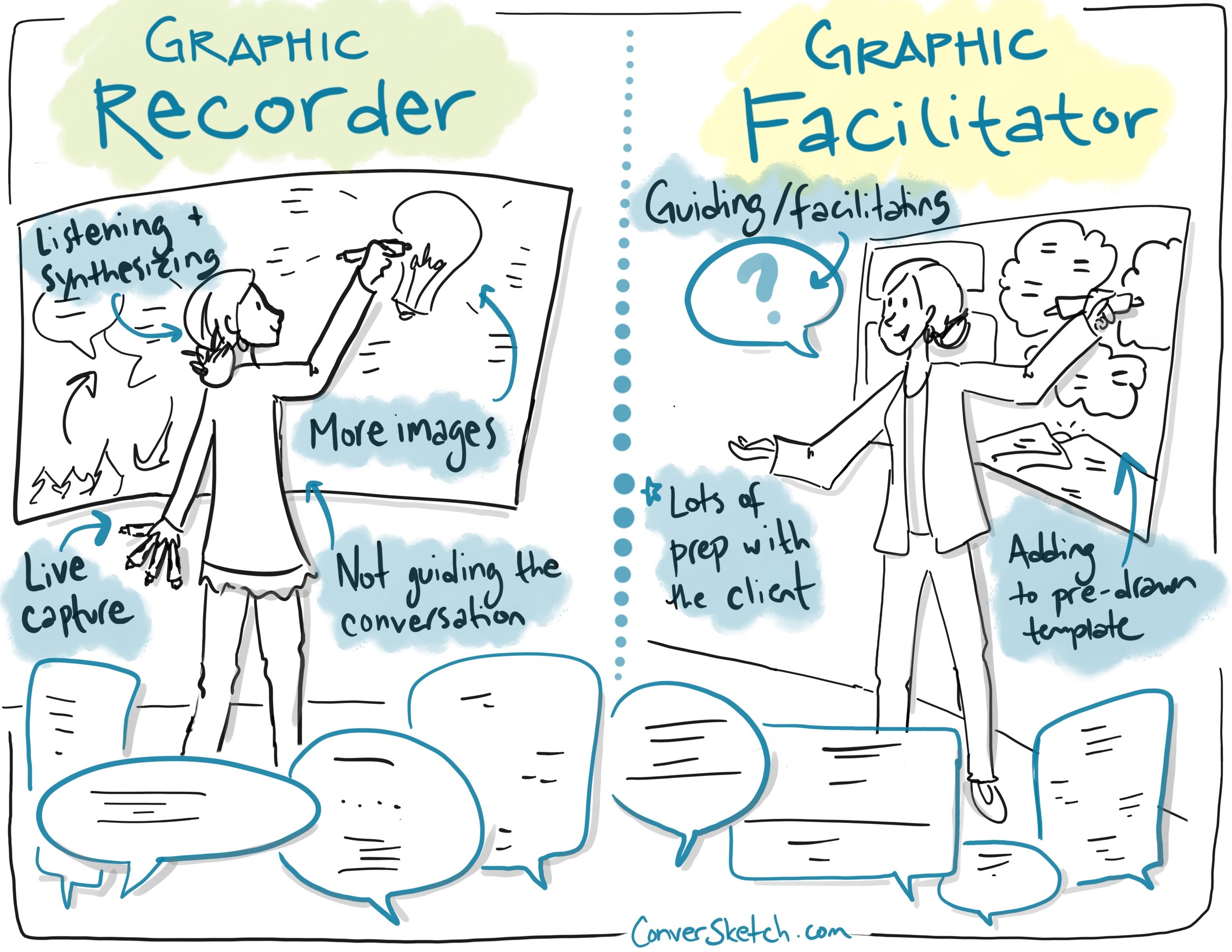The past few weeks, a few conversations have had me taking a step back and seriously consider and appreciate a lot of things I take for granted. As you can imagine, that list is long, but the one thing I want to write about today is inclusion and accessibility – particularly for people with differing abilities (thanks Melwood for the lingo!).
A few weeks ago when I was at ASU, I met someone who has been part of the ShapingEDU community, and they told me something that stunned me. We’ve been doing webinars on the various ShapingEDU themes, aka neighborhoods, which I’ve been digitally graphic recording and screensharing during the conversations.
As we chatted, he explained he used hearing aids, and the webinars were sometimes difficult to hear or follow. He then told me this:
“Karina’s graphic facilitation of meeting notes, a-has, and conversation during our ShapingEDU webinars, and our in-person Empower IT conference helps me to not only follow these lively and important discussions occurring, but also in processing the information which flows rapidly. As a hearing impaired individual, these pieces of art...yes, they are art...continue to be instrumental in assisting me in processing the information. These pieces are more engaging, more accurate, and more impactful that closed captioning could ever imagine, or hope to be. Karina is a consummate communicator. She has identified the universal language to us all, pictures. I look forward now to any meeting which Karina will be communicating visually with the participants. Simply put, she does amazing work!”
(I asked him to kindly write it down so I’d capture his eloquence, thus the shift from first to third person.)
This totally shook up my frame of reference and made me reconsider what and how I capture and being sure the context is clear for those who may not be able to hear everything that’s being said. And was a great excuse to take a step back and consider what I take for granted.
Are you considering the abilities of all your participants when designing an event or webinar? Let’s talk about creating a more inclusive environment with some visuals.
Once again, thank you from my heart and soul for your support, great senses of humor, brilliant minds, collaboration and what you're each doing to make the world a better place.
Cheers,
Where in the World is ConverSketch?
Boulder Colorado: At the second annual Optical Innovation Summit with leaders in the vision and eye care industry discussing innovation and offering advice for startups in the room.
Colorado Springs, Colorado: At the Society for Menstrual Cycle Research Symposium (awwwww yeah!) learning tons about women’s reproductive health, thinking about how we talk about periods, and learning that pads and tampons are taxed as luxury items (seriously, things half the global population needs every month).




















